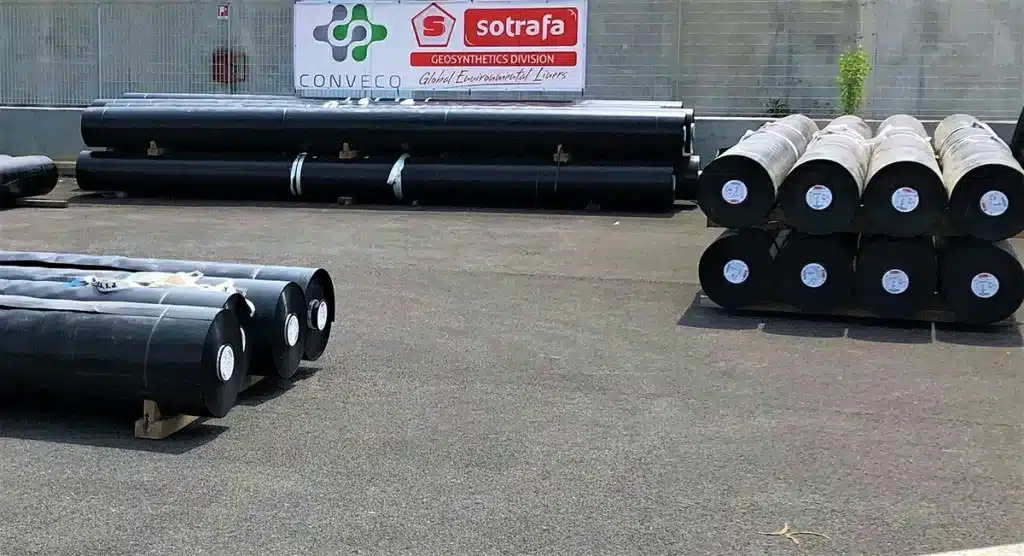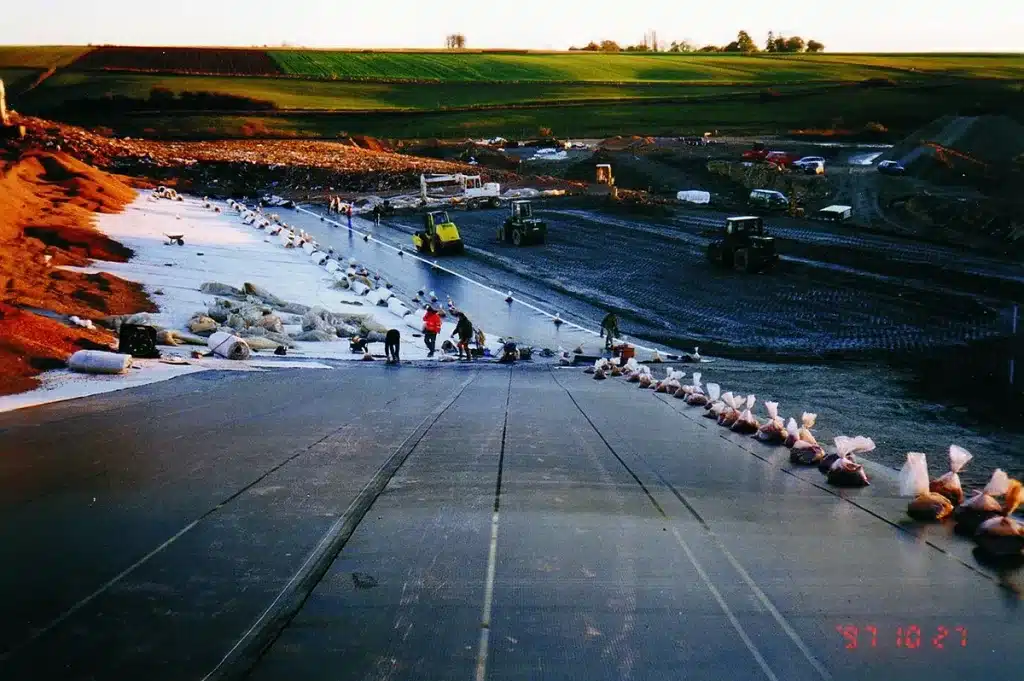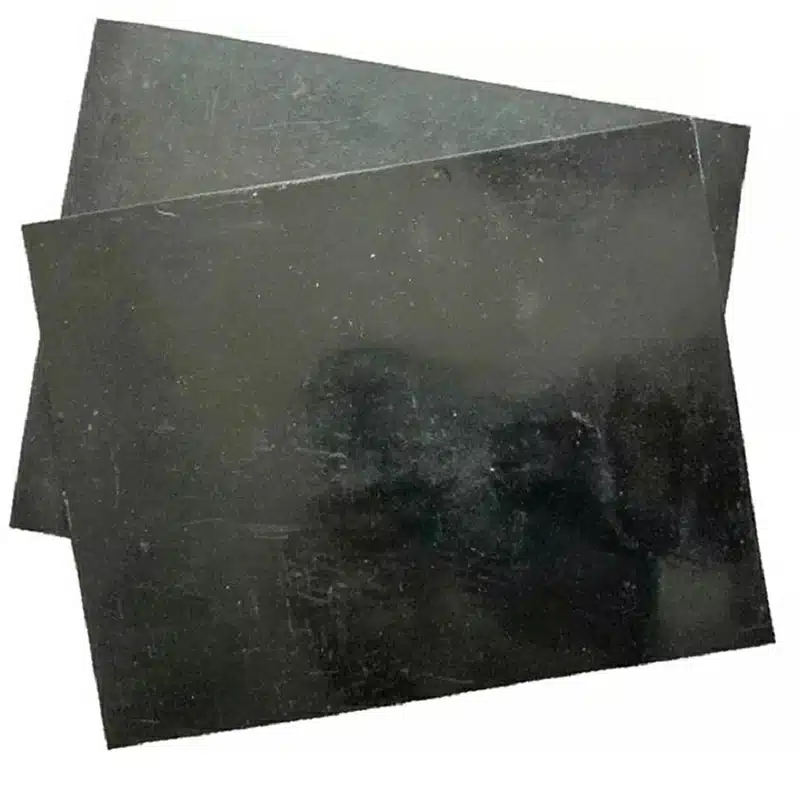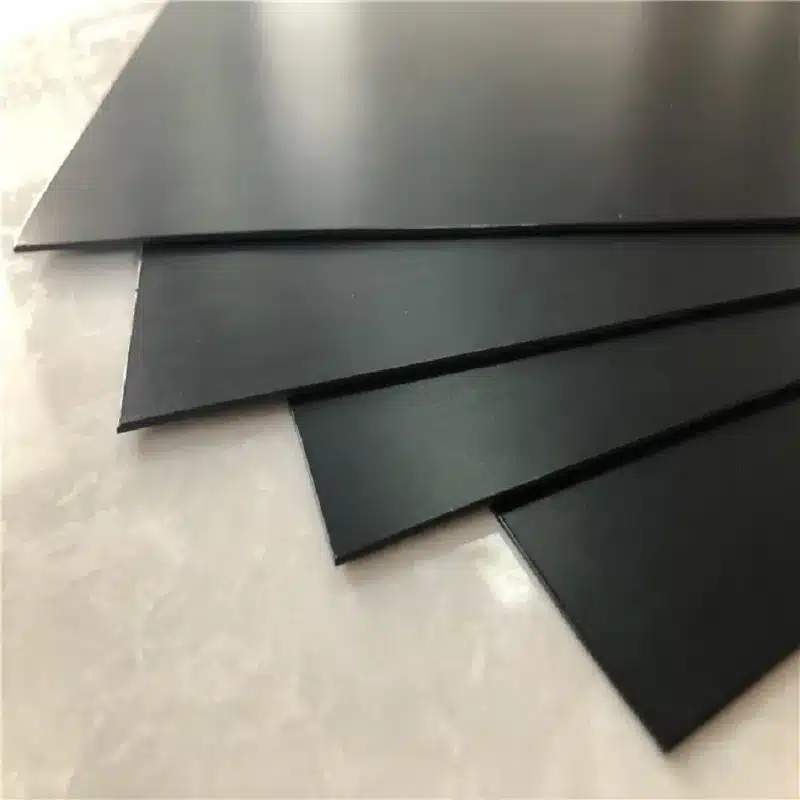+86-159 9860 6917
info@geofantex.com
geofantex@gmail.com
+86-400-8266163-44899
Geomembrane solutions are a crucial innovation in various industries, from environmental protection to agriculture and construction. This article delves into the key aspects of geomembranes, including their materials, applications, and different types. It aims to provide a comprehensive understanding of geomembrane solutions.

What is Geomembrane Material?
Geomembrane material refers to synthetic membrane liners or barriers used to control fluid migration in a manmade project, structure, or system. These materials are designed to resist chemicals, UV radiation, and mechanical stress, making them perfect for managing various substances. The main types of geomembrane materials are:
- High-Density Polyethylene (HDPE): Known for its durability and flexibility, HDPE geomembranes are widely used in containment projects like landfill liners and pond liners.
- Low-Density Polyethylene (LDPE): LDPE geomembranes are more flexible and less dense than HDPE, making them a great choice for projects that require flexibility.
- Polyvinyl Chloride (PVC): PVC geomembranes excel in chemical resistance, making them suitable for projects involving hazardous substances.
- Reinforced Geomembranes: These geomembranes feature an added fabric layer for increased strength and tear resistance, making them ideal for critical containment projects.
What is a Geomembrane Used For?
Geomembranes are primarily used to stabilize earth and to secure landfills, ensuring containment of hazardous or municipal wastes and their leachates. They are also employed in various applications, including:
- Environmental Protection: Geomembranes line landfills, preventing harmful contaminants from escaping into the environment. They are also used in secondary containment systems for hazardous waste storage.
- Agriculture: In agriculture, geomembranes line irrigation canals, reservoirs, and ponds, preventing water seepage and ensuring efficient water management.
- Construction: Geomembranes act as vapor barriers in construction, preventing moisture from penetrating building structures. They also serve as liners in detention basins and stormwater management systems.
- Mining: In mining operations, geomembranes line tailings ponds and heap leach pads, preventing the release of toxic chemicals and heavy metals into the surrounding environment.

What Are the Types of Geomembrane?
Geomembranes are available in various types, each tailored to specific needs and applications. Some common types include:
- Smooth Geomembranes: These geomembranes have a smooth surface and are suitable for applications where a low-friction surface is needed.
- Textured Geomembranes: Textured geomembranes have a textured or rough surface, providing increased friction and stability, making them suitable for applications such as slope stability and landfill covers.
- Geocomposite Geomembranes: These combine the benefits of geomembranes with a geosynthetic fabric, enhancing strength and filtration capabilities. They are commonly used in applications involving gas and liquid containment.
- Reinforced Geomembranes: As mentioned earlier, these geomembranes include a fabric layer for added strength, making them ideal for projects that require high tear resistance.
How Do Geomembranes Contribute to Environmental Sustainability?
Geomembranes contribute to environmental sustainability by preventing the leakage of harmful substances and contaminants. They protect soil, water, and ecosystems from pollution and contamination, thus aiding in the preservation of our natural resources. Additionally, geomembranes can extend the life and efficiency of structures and systems, reducing the need for frequent maintenance and repairs, which can have a positive impact on resource conservation and overall sustainability.
In conclusion, geomembrane solutions are versatile, durable, and crucial for various applications. Their ability to provide reliable containment and environmental protection makes them an essential tool for industries focused on sustainability and responsible resource management. Understanding the different geomembrane materials, applications, and types is essential when considering their use in your projects.



Get Free Sample
We’ll respond as soon as possible(within 12 hours)





















